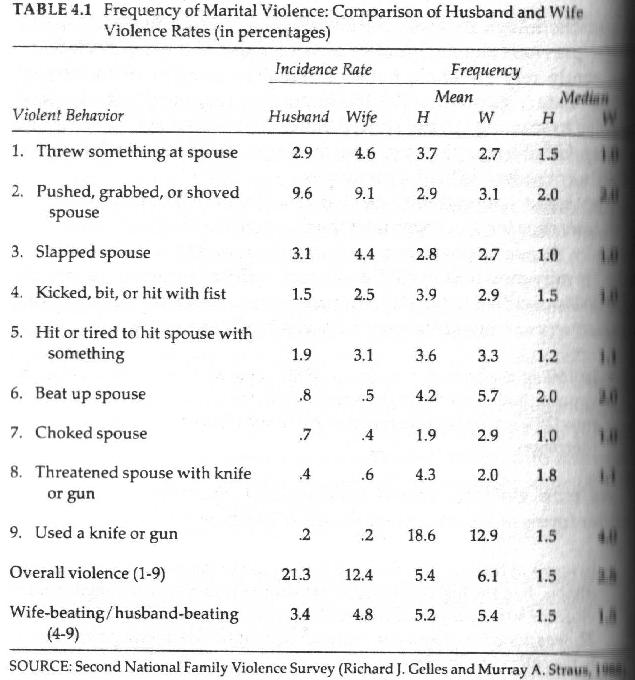Home > Issues > Domestic Violence > The Influence of Non-Legal Research on Legal Approaches to Ex Parte Domestic Violence Protection Orders |
||||||||||

|
Empowering Men:fighting feminist lies |
|||||||||
The Influence of Non-Legal Research on Legal Approaches to Ex Parte Domestic Violence Protection Orders(A version of this article was published in New Male Studies Journal, Vol. 2, No. 2, 2013).© Peter Zohrab 2004-2013 |
||||||||||
